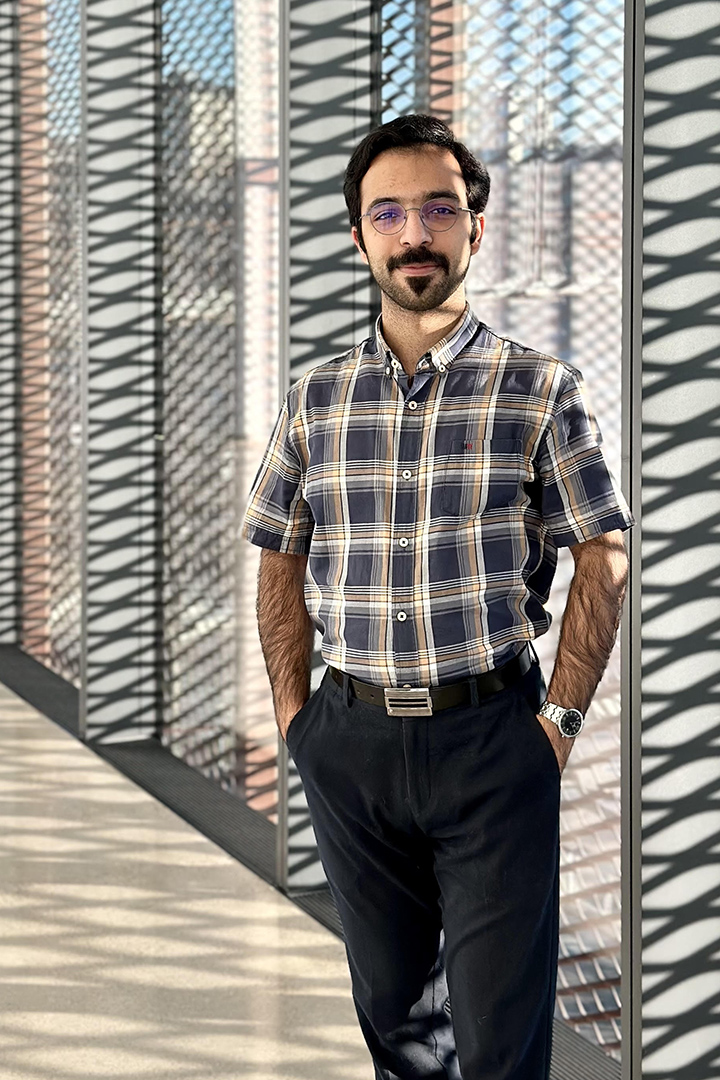
Networking for success: the academic advantage of connectivity
The first time a professor/friend at Sydney University introduced me to the world of extracellular vesicles over coffee, I was captivated by these small, bubble-like structures that carry crucial materials and aid various body processes.
By Nima Khalili TanhaExtracellular vesicles act as messengers, facilitating communication between cells. Their significance is underscored by a Nobel Prize that was awarded to three scientists in 2013 for related work — highlighting the importance of extracellular vesicles across diverse studies and their pervasive presence in numerous research disciplines.
But as I delved into research articles about the topic, I hit a barrier and was unable to find answers to my questions. Then it struck me: maybe I needed more than just scientific papers. I needed people.
I reached out to a graduate student miles away, and that single email message sparked a fantastic friendship and something even more impressive: a circle of us who are dedicated to extracellular vesicles. We proudly named ourselves the Student Network on Extracellular Vesicles (SNEV).
Our network’s members are from all around the world, working on different research areas with a primary focus on extracellular vesicles. We started as just some friends talking about our ideas and turned those connections into an established network that works officially alongside the International Society for Extracellular Vesicles (ISEV).
My involvement with SNEV has provided me with invaluable opportunities to connect with peers in a friendly academic environment. Engaging in events such as journal clubs or talks by industry newcomers has provided insights into real-life career dilemmas shared among junior scientists who have walked in our shoes as graduate students.
The evolution of online platforms has revolutionized how scientific societies function, breaking barriers and connecting international students. Working together in such societies teaches us about the spirit of teamwork and emphasizes the key assets of diversity and equality in the academic world.
Enhanced communication with international students within these networks goes beyond just academic discourse and building new skills; it fosters a broader understanding and inclusivity. It’s about breaking down cultural barriers and pushing back against traditional biases that might have once dominated academia.
Interacting with international peers provides a unique perspective. It allows us to understand differing viewpoints and breaks the mould of traditional thinking that perpetuates gender imbalances or biased perspectives. This exposure to diverse thoughts and experiences creates a more equitable environment where everyone's voice is valued equally.
Connecting with fellow researchers who share similar backgrounds and have overcome similar challenges is also encouraging. Seeing people from diverse backgrounds achieve milestones in their academic journeys serves as a source of inspiration. It shows that success knows no boundaries and highlights the achievements of young researchers — especially those who have faced similar obstacles.

Within these networks, students and younger researchers have the chance to showcase their ideas to potential collaborators. These interactions serve as a platform to exhibit their capabilities and share innovative concepts, laying the groundwork for future collaborations and groundbreaking advancements. Rather than exclusive circles, academics recognize these groups as inclusive platforms where diverse perspectives flourish. They’re collaborative spaces where everyone’s contributions lead to collective success.
In the intricate tapestry of academic networks, we've discovered a dynamic force that transcends borders and disciplines. These networks offer a pathway to academic success and to a more inclusive and diverse academic sphere. They're not merely about forging links — they're about uniting minds, fostering innovation and shaping a collective future in academia.
It’s been nearly four years since SNEV’s creation, and since then, our membership has grown to 2,000 people from around the world. Being part of this network has introduced me to numerous researchers and fostered invaluable friendships that have guided me through my academic career.
Had I not sent that initial email, this network might never have formed — a reminder that small actions can yield significant results.
Nima Khalili Tanha of Birjand, South Khorasan, Iran, is a master’s student who is based in the Western College of Veterinary Medicine’s Department of Small Animal Clinical Sciences at the University of Saskatchewan. His graduate supervisor is Dr. Behzad Toosi, the WCVM's Allard Research Chair in Oncology.
